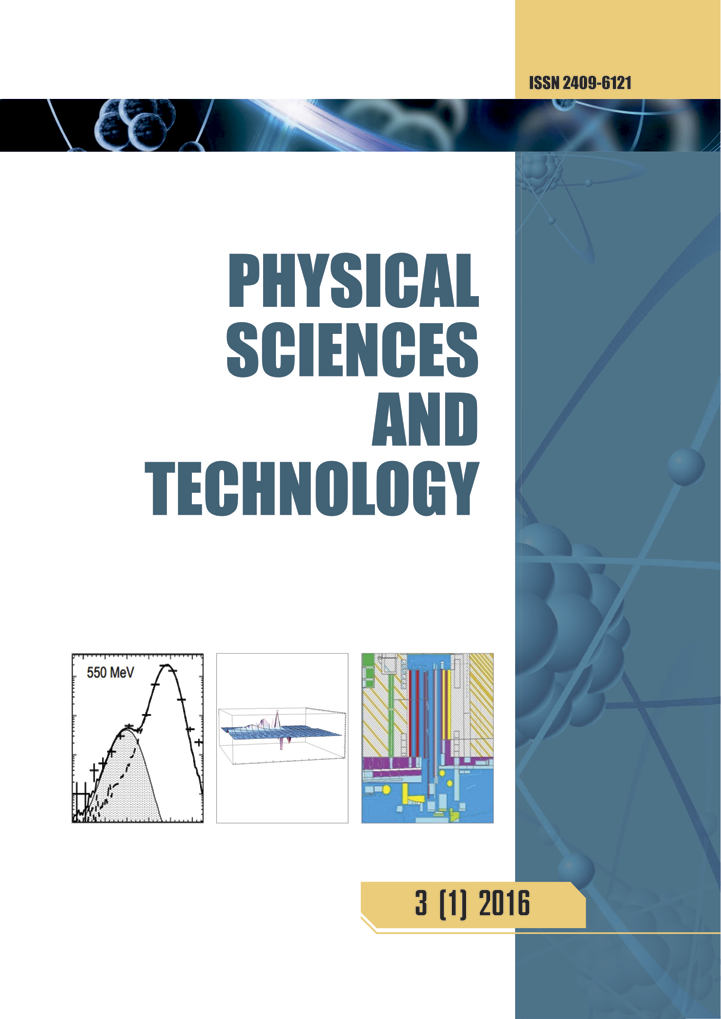Modeling the resistance of plate-like heat exchangers made of 06khn28mdt alloy (analogous to aisi904l steel) to crevice corrosion in recycled water enterprises
DOI:
https://doi.org/10.26577/phst2024v11i2b07Abstract
This study investigates the mechanisms and patterns of crevice corrosion in heat exchangers made from 06KhN28MDT alloy (analogous to AISI 904L steel) in model water systems of industrial enterprises. Using mathematical models, the relationship between activation potentials (Ecrev), repassivation potentials (Erep), and free corrosion potentials (Ecor) with the alloy’s chemical composition and structural components was established. It was found that Ecrev shifted positively with increasing levels of Mn, Cr, Cu and dg (mean austenite grain diameter), and decreasing levels of C, Si, Ni, Ti, Mo, VS (sulfide volume), and VN (titanium nitride volume). Cr, Mo, and dg were identified as having the most significant influence on Ecrev, Erep and Ecor. The study also highlights the importance of chromium in improving the protective properties of the oxide film, and the reduction of local corrosion damage near titanium carbonitrides intersecting austenite grain boundaries. The study concludes that the alloy’s resistance to crevice corrosion in recycled water systems improves with higher concentrations of Cr, Mo, and dg. The mathematical models developed in this research can be applied to predict the corrosion resistance of heat exchangers made from 06KhN28MDT alloy in industrial water systems.




